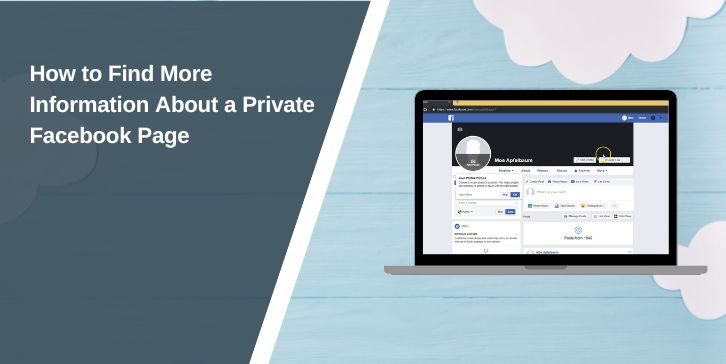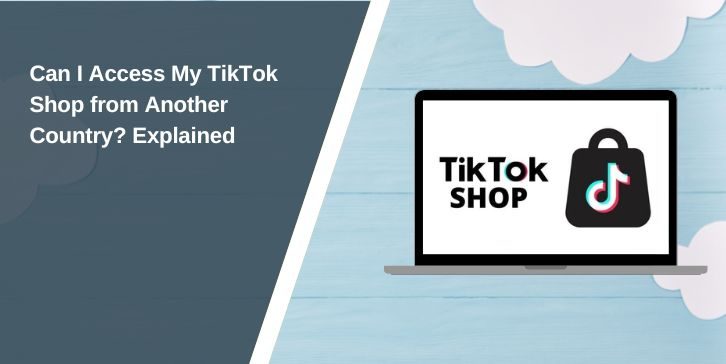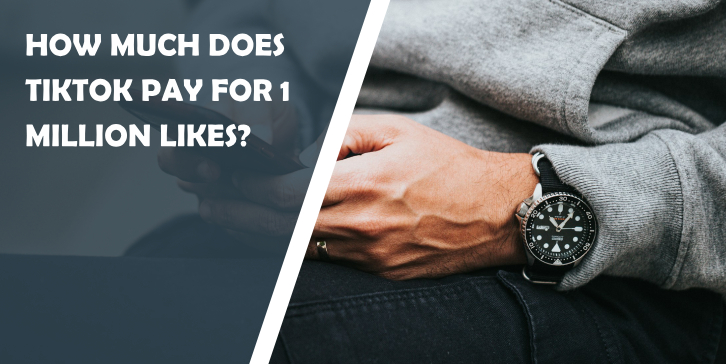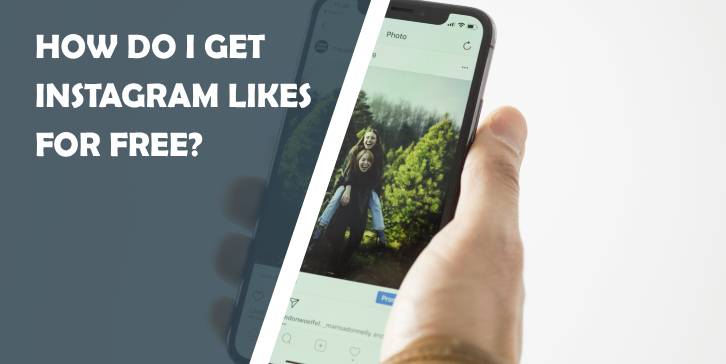Facebook’s privacy features ensure that users and page owners can control who sees their content. When dealing with a private Facebook page, you may find it challenging to gather information due to these restrictions. However, there are ethical and legitimate ways to find publicly available details while respecting privacy settings. This guide explores these methods and offers practical steps to gather more information.
What is a Private Facebook Page?
A private Facebook page, whether it’s a personal profile, a private group, or a page with limited visibility settings, restricts access to its content. The page owner controls who can see posts, photos, or other updates. There are three main types of private pages:
- Personal Profiles: Limited to friends or custom audiences defined by the user.
- Private Groups: Only members can view the content, and joining often requires approval.
- Restricted Pages: Public-facing pages with minimal details visible to non-followers.
Understanding the type of private page you’re dealing with helps determine what information may be accessible.
How to Find More Information About a Private Facebook Page
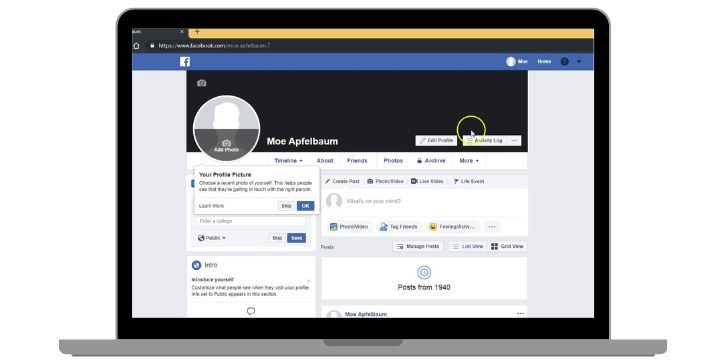
There are many ways to find information about a private Facebook page, even when content is restricted. Below, we explain common methods step by step, focusing on ethical and legitimate approaches to explore public details, indirect links, and external resources.
1. Check Publicly Available Information
Even private Facebook pages often display some information that is accessible to the public. Here’s how to find it:
- Profile Picture and Cover Photo: While posts may be private, profile and cover photos are often public. You can click on these images to view captions or details if the owner hasn’t restricted them.
- About Section: Navigate to the page’s About section to see any publicly shared information, such as a website, bio, or contact details. Even on private profiles, some users share this data publicly.
- Public Posts: Check the timeline for any posts marked as public. You can identify public posts by the globe icon next to the post date.
By reviewing these elements, you may gather basic details about the page or its purpose.
2. Use Facebook’s Built-In Tools
Facebook’s robust search and filtering tools can help you find related content about a private page. Here’s how to leverage these features:
Search for Mentions and Tags
Enter the page’s name or username in the search bar. If other users have tagged or mentioned the page in their public posts, these may appear in the results.
Look for Associated Groups
Pages, particularly business or community-oriented ones, might have linked groups. Use the search filters to identify such connections, as group descriptions and discussions may provide additional context.
Explore Public Engagement
Check the comments, likes, or shares on public posts or photos. Engaged users may provide insights into the page’s purpose or activities.
Facebook’s search functionality often reveals indirect but valuable information about private pages.
3. Use External Platforms and Resources
Sometimes, the best way to learn more about a private Facebook page is to look beyond Facebook itself. External tools and platforms can provide additional context:
Google Search
Search for the page name on Google. You might find:
- Publicly indexed posts from the page.
- Mentions of the page in blogs, articles, or forums.
- Links to other platforms where the page owner is active.
Reverse Image Search
Upload the page’s profile or cover photo to tools like Google Images or TinEye. This method can help you find where else the image is used online, potentially leading to more information.
External Social Media Links
Many Facebook pages link to other social media profiles, websites, or blogs. Visit these external links to learn more about the page owner’s activities or interests.
Ethical Boundaries and Privacy Considerations
Respecting privacy is critical when researching private Facebook pages. Always ensure your methods are ethical and within Facebook’s terms of service:
- Avoid Fake Profiles: Do not create fake accounts to gain access to private profiles or groups. This violates Facebook’s rules and can lead to account suspension.
- Steer Clear of Third-Party Scraping Tools: Many tools that claim to bypass Facebook privacy settings are illegal and can compromise your security.
- Respect Group Admins’ Decisions: If you’re trying to join a private group, provide a clear and genuine reason for your request, and wait for approval.
Tips for Using Public Information Constructively
Once you’ve gathered public details, use them thoughtfully and constructively:
- For Business Research: Understand a competitor’s focus, target audience, or branding strategy.
- For Personal Context: Verify the authenticity of a profile or learn more about its relevance to your inquiry.
- For Community Engagement: Assess whether a group aligns with your interests before requesting to join.
Conclusion
While private Facebook pages restrict content visibility, there are still ethical ways to find publicly available details. Exploring the About section, using Facebook’s search tools, and leveraging external resources like Google can provide useful insights. Always respect privacy settings and focus on gathering information responsibly.
Have you used these methods to learn more about a private Facebook page? Share your experiences or additional tips in the comments below!
